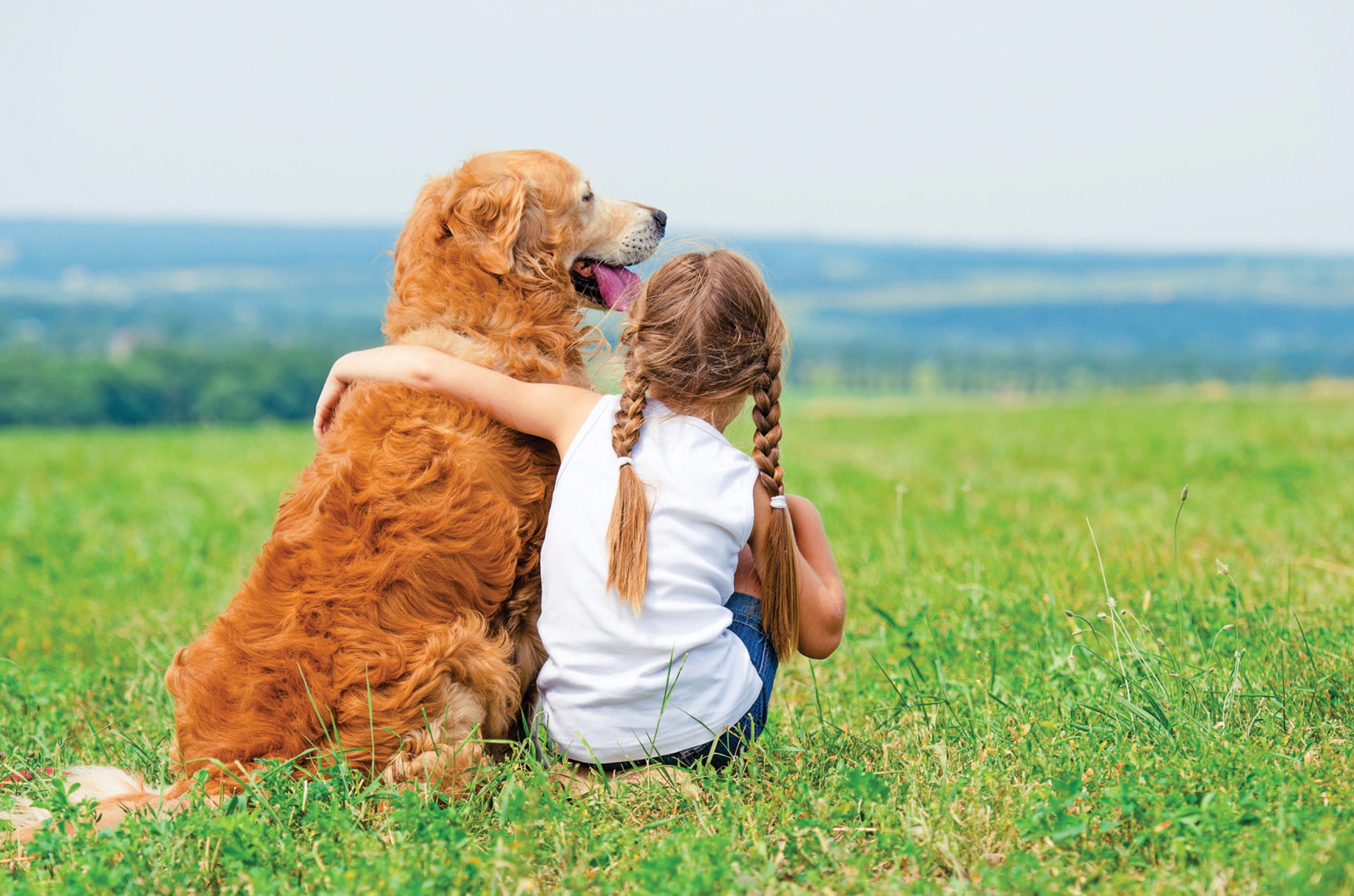Pets can be a wonderful addition to a family, but sometimes, the transition can lead to some ruffled feathers (or fur), especially if little kids are involved. We reached out to JoEllyn Klepacki, director of education at the Humane Society of Missouri, to learn how you can teach your kids about proper pet ownership.
She says to get children involved in the preparation, like shopping for supplies and setting up a space for the pet, before bringing the animal home. “It’s important to talk to them about how your new pet isn’t a toy,” Klepacki notes. “Empathy is key. Ask them to consider what the animal might be thinking or feeling, and teach them about body language, so they can learn when an animal is acting shy, scared or just wants to be left alone.” If you are crate training your pet, let your kids know that it’s a safe place that is only for the animal and make sure they know not to pet or bother the animal while they’re eating, sleeping or ill.
After the pet has arrived, make sure your children are engaging with them calmly and quietly. Having them provide the animal with treats is a good way to create a positive association. Klepacki also suggests taking a positive-reinforcement training class as a family. “Raising kids and pets together can be a great way to teach responsibility,” Klepacki says. “If you do have a situation where a pet is showing signs of aggression, consult an animal behavior specialist immediately.”
Klepacki notes that for toddlers and younger kids, the best way to get them involved in pet care is to model good behavior. “Younger children can be helper buddies—show them how you fill the water bowl and measure food,” she says. “If you’re playing in the yard, let them throw the ball or stick, and take both the kids and pet on walks.” As kids get older, incorporate pet care into their other chores. However, make sure you monitor to ensure the animal is properly cared for.
For more information, visit hsmo.org.
bringing home baby
If you are expecting a baby, Klepacki suggests taking a few simple precautions to make sure your four-legged family members also are ready to welcome the new addition.
- Before the baby arrives, start training your pet for any behaviors you’ll expect later, such as not jumping on the couch, not sleeping in your bed or staying out of the baby’s room.
- If possible, have a family member bring the pet a blanket or onesie from the hospital before you bring the baby home. This will introduce your baby’s smell.
- When you arrive home from the hospital, let others enter the house first and greet the pet at their normal excitement level. After they have calmed down, have a family member leash the animal, and enter with the baby.
- If your pet seems calm and interested in the baby, allow them to approach.
Slowly introduce them, and reinforce good behavior with treats.








